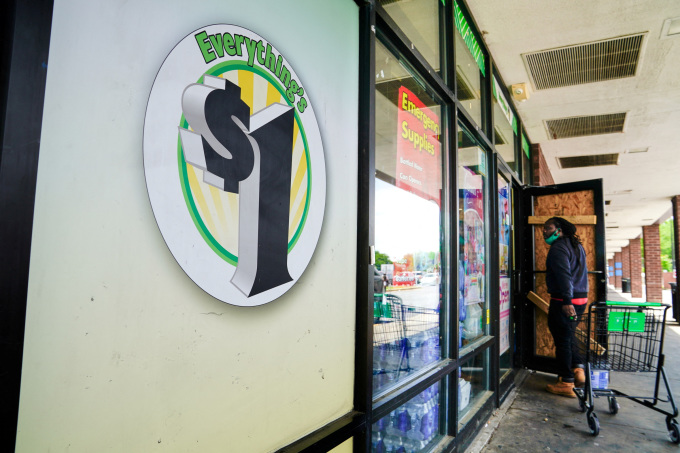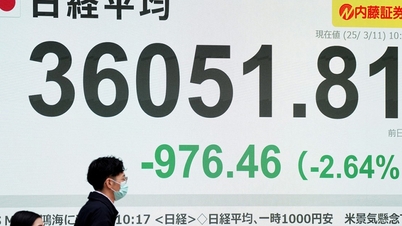Sales are down as low-income people tighten their spending, forcing many American food companies to increase promotions and sell foods that keep them full longer.
Charsetta Reed, 61, of Chicago, is looking for bargains and increasingly shops at Dollar Tree for groceries like Hershey’s candy, Pampa canned tuna, sardines and jalapeno relish, and pickles. Dollar Tree is a chain that sells items for $1. “I can’t afford to keep buying $3 or $4 jars of food,” Reed said.
Along with Ms. Reed, the chain is a regular haunt for households that receive benefits through the Supplemental Nutrition Assistance Program (SNAP), which uses SNAP food stamps to shop there.
Still, Dollar Tree’s CEO said the one-price retailer’s SNAP revenue is actually falling as stamp holders tighten their spending. Similarly, at Circle K convenience stores, sales from food stamp users are down 40% from last year. “The results are even worse in stores with lower-income consumers,” said Brian Hannasch, CEO of Alimentation Couche-Tard, the company that operates Circle K.

A person walks into a Dollar Tree store in Washington on June 1, 2021. Photo: Reuters
In the US, about 21% of white households and a third of black households have low incomes, meaning they earn less than $35,000 a year. This group consumes less fresh food and meat than those who are financially well off, says Sherry Frey, vice president of NielsenIQ’s health care division.
“SNAP and WIC shoppers are looking for the best value possible,” says Frey, who says WIC is the government ’s food benefit program for women, infants and children.
To be more specific, Carlos Rodriguez, director of policy and operations at distribution company City Harvest, said that customers are struggling to make ends meet, so they choose to buy anything that can be shared among more mouths in the house.
During the pandemic, American food manufacturers focused their strategies on premium products, launching new flavors to find opportunities to increase prices. However, the trend of tightening the purse strings of low-income people forced them to change.
Duleep Rodrigo, of the KPMG American School of Retail and Consumer Affairs, said food companies must now find ways to attract this group back. “They cannot achieve sales without this important segment,” he said.
Food maker Hershey is offering larger, cheaper bags of Skinny Pop. Conagra, seeking to attract Americans who can no longer afford fast food, will introduce a new line of six-piece chicken patties for just $6.99 next month. Coca-Cola is extending a promotion on its 1.25-liter soft drink to attract price-conscious consumers.
Despite selling products like Cup Noodles for under $1, Nissin Foods saw sales decline last year. U.S. CEO Brian Huff said he would try to lure customers back with buy-one-get-one-free deals and other promotions.
Investment bank Jefferies said macaroni and cheese maker Kraft Heinz, cereal company WK Kellogg and Pringles potato chip seller Kellanova are all cutting prices. Jefferies CEO Sean Connolly pointed out that Conagra is cutting prices more often rather than more deeply.
Another way is to focus on foods that keep you fuller longer. Conagra says sales of Andy Capp's corn chips are up 20 to 30 percent. Sunflower seed snacks like David Seeds, which can be eaten throughout a baseball game, are selling well.
Food maker JM Smucker has seen sales of its Jif peanut butter continue to rise, thanks to its low-cost protein, CFO Tucker Marshall said.
Phien An ( according to Reuters )
Source link










































































































Comment (0)